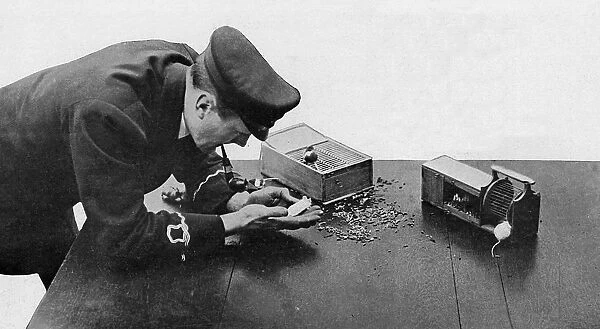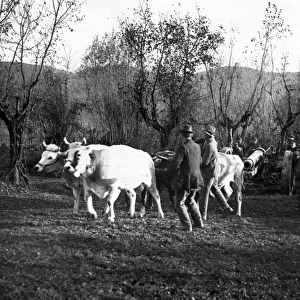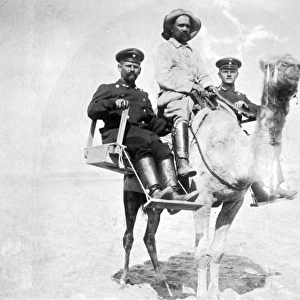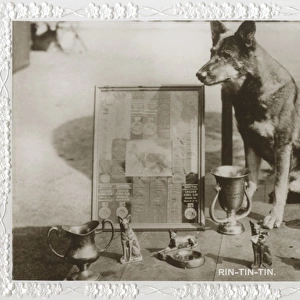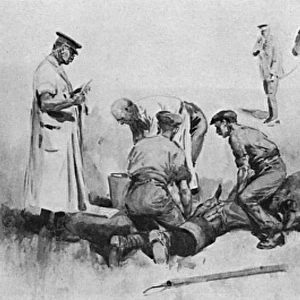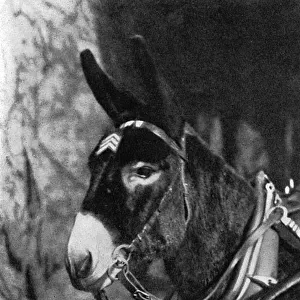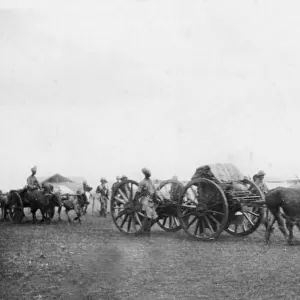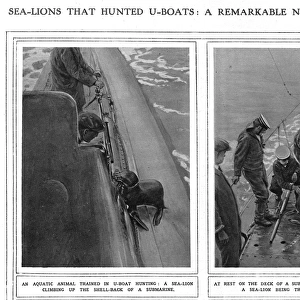Mice as fume detectors on a submarine, WW1
![]()

Wall Art and Photo Gifts from Mary Evans Picture Library
Mice as fume detectors on a submarine, WW1
White mice as fume detectors on board a submarine, WW1. An officer is giving the mice an airing on deck
Mary Evans Picture Library makes available wonderful images created for people to enjoy over the centuries
Media ID 14387372
© Mary Evans Picture Library
Airing Deck Detectors Mar16 Mice Submarine Fume
EDITORS COMMENTS
In this intriguing image from the First World War, a group of white mice are seen being given an airing on the deck of a submarine. The year was 1916, and the use of these small animals as fume detectors on board the submarine was a groundbreaking innovation in naval warfare. During the First World War, submarines were becoming increasingly important weapons in the naval arsenal. However, the enclosed and confined spaces of these underwater vessels presented unique challenges. One of the most significant of these challenges was the presence of harmful gases, particularly carbon monoxide, which could accumulate in the engine room and other areas of the submarine. To detect these gases and prevent the crew from being exposed to them, the British Navy turned to an unlikely source: white mice. These animals were known to be highly sensitive to carbon monoxide and other toxic gases. By placing them in various areas of the submarine, naval officers could quickly determine if dangerous gas levels were present. In this photograph, an officer is carefully handling the mice, likely preparing to place them in their designated areas on the submarine. The mice are held in small cages or containers, and their tiny bodies are visible through the wire mesh. The officer's expression suggests a mixture of curiosity and concern, as he carefully examines the animals before deploying them. The use of mice as fume detectors on submarines during WWI was a remarkable example of the ingenuity and resourcefulness of naval personnel in the face of unique challenges. This photograph offers a fascinating glimpse into this little-known aspect of military history.
MADE IN THE USA
Safe Shipping with 30 Day Money Back Guarantee
FREE PERSONALISATION*
We are proud to offer a range of customisation features including Personalised Captions, Color Filters and Picture Zoom Tools
FREE COLORIZATION SERVICE
You can choose advanced AI Colorization for this picture at no extra charge!
SECURE PAYMENTS
We happily accept a wide range of payment options so you can pay for the things you need in the way that is most convenient for you
* Options may vary by product and licensing agreement. Zoomed Pictures can be adjusted in the Cart.

